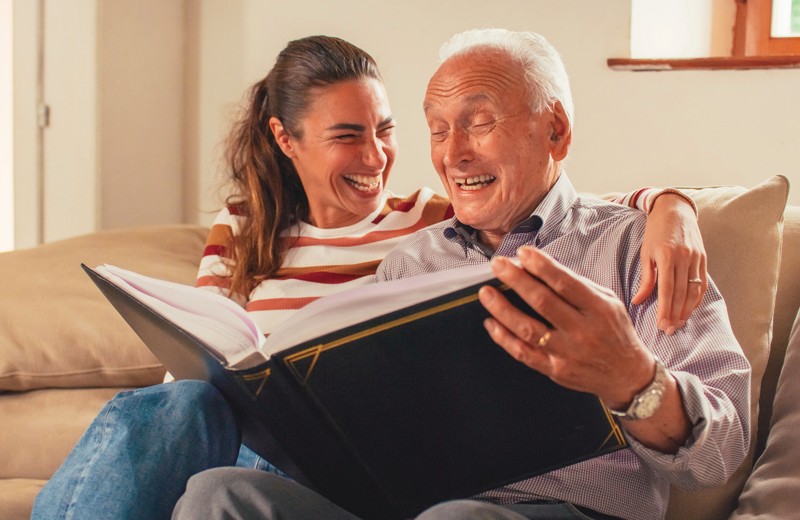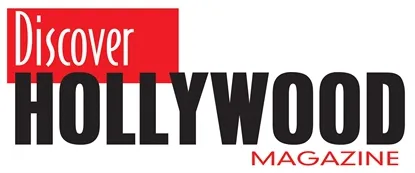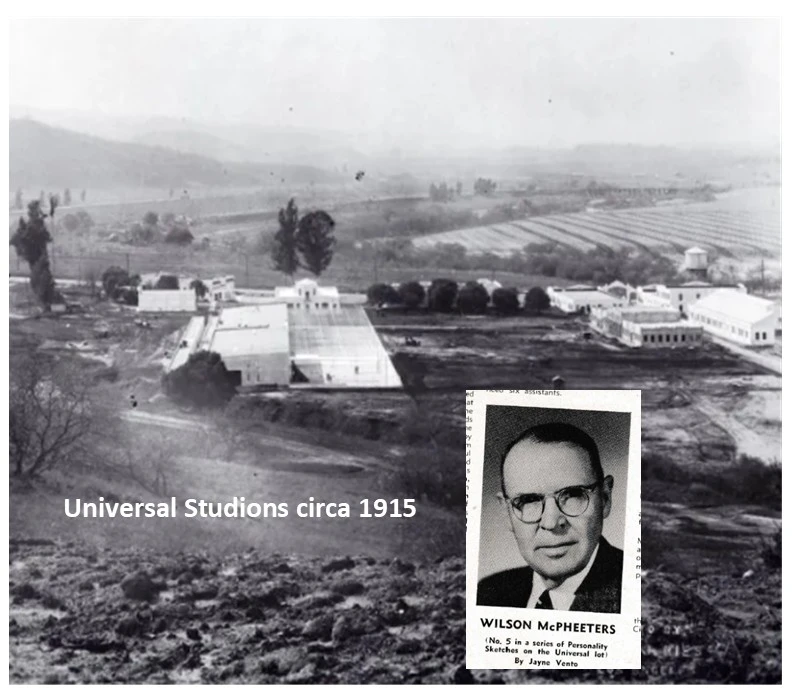By Nyla Arslanian
From my earliest memory, family gatherings, picnics in Griffith Park with my mother’s family, the McPheeters clan, he was always “Uncle Wilson,” my grandfather’s older brother.
These gatherings were always filled with lots of talk and reminiscing by the elders—three brothers, Wilson, Clark, George, and sister, Eleanor. Always good-natured teasing and much laughter. We kids would hear it from the other room where we usually sat at the kids’ table.
We would occasionally gather at Uncle Wilson’s and Aunt Lorena’s home in Toluca Lake—a lovely Spanish with tile floors is the most that I remember. We always knew (although it wasn’t spoken) that Uncle Wilson was “better off” than the rest of the family—although all the siblings were gainfully employed and homeowners, my grandparents living in Silverlake and Uncle George in Burbank.
It wasn’t until long after all these folks had passed away, I came across some papers that Aunt Eleanor had kept. Among them was a copy of a Universal Pictures employee May 1943 newsletter. Obviously, it had been kept because of an article (No. 5 in a series of Personality Sketches. To summarize, this, to my amazement is what I read:
 |
“That spry little man who gets around as quickly as a lamplighter, known as the head of the Power House, is Wilson McPheeters…Way back in ’14, Universal employed “Mac” as an electrician. He had previously worked on a number of power and lighting projects in New York. Was on the job in the installation of power in the Pennsylvania Railroad Station, Metropolitan Museum of Art, Grand Central Station. In 1915, he lit the first night street set ever photographed by Universal. Assisted with the first artificial lighting test in the motion picture industry. In his present capacity it is Mac’s responsibility to keep Universal “going” supervises the wiring of stages and the supplying of power for lights on sets and entire lot. He planned and installed our present remote control lighting system which is the most complete system of its kind in the industry…. He is very enthusiastic on the subject of social clubs and functions for employees because he believes that they create the feeling of good fellowship, harmony, and cooperation. These qualities, Mac himself personifies.” The McPheeters clan all personified these qualities, I might add, remembering those many joyful family gatherings. They had all passed away decades before I found this newsletter. There are stories in all families, recollections of the “old” days, and wonderful experiences. |
How I wish I’d been a bit more curious when I had the chance. Sadly, as is said, “youth is wasted on the young.” Not only didn’t I have a clue but had no interest in what the old folks might have to say. He was just Uncle Wilson.
There are stories in all families. Read on.
| Easy Ways to Brush Up on Your History IQ
(Family Features) Learning more about events from the past can help make sense of current circumstances and inform the future. Equipping yourself with historical knowledge gives you the ability to understand how contemporary society came to be. By taking advantage of the wealth of resources available today, you can take a deeper dive into past events and learn how they affected individuals and larger groups alike, such as U.S. military members. |
 |
Head to Your Local Library
If you haven’t spent much time in a library, you may be surprised by the wealth of information available. You can find letters and other documents – whether in physical copies or accessible via online records with a library card – that provide a first-hand perspective of the historical period or event you’re exploring. In addition, libraries often offer access to databases and other information that is not always readily available from basic online searches.
Research Trusted Sources Online
To complement what you find in the library, you can also explore a wide range of information online. The key is to read critically and evaluate your sources, as not everything you find online is reliable or true. However, resources curated by trusted organizations can offer deep insight into the past.
For example, the Library of Congress Veterans History Project collects and preserves the firsthand remembrances of U.S. military veterans and makes them accessible for future generations to better understand veterans’ service and sacrifice. Through its website, you can watch oral history interviews and comb through original manuscript material, such as memoirs, letters, diaries and artwork, as well as original photographs.
Interact with Older Adults
Reading and watching accounts of historical activities gives you valuable insight, but speaking directly with those who lived through notable periods of American history can also illuminate what it meant to experience those times. Reminiscing and recounting memories of the past can serve as a bonding experience while giving you a more personal, emotional connection to facts you might not uncover elsewhere.
Encourage Engaging School Curriculum
If you’re a teacher or leading a lifelong learning course, you can use the Library of Congress Veterans History Project as a resource to support your efforts.
Jonathan Bickel, an English teacher in Pennsylvania, has made veteran history a focus in his classroom since 2009. He taps into the large pool of personal accounts available through the collection to support his lessons. He also uses the project as a model in the classroom, challenging high school students to record an interview with a local person or relative who is a veteran and then present their work to the school as a multimedia project. As an example to his students, Bickel interviewed and submitted his father’s World War II story.
Teachers interested in creating a history curriculum that honors veterans can access research guides that can provide a curated starting point for exploring the collections. To find the wealth of personal stories from veterans, visit loc.gov/vets.


